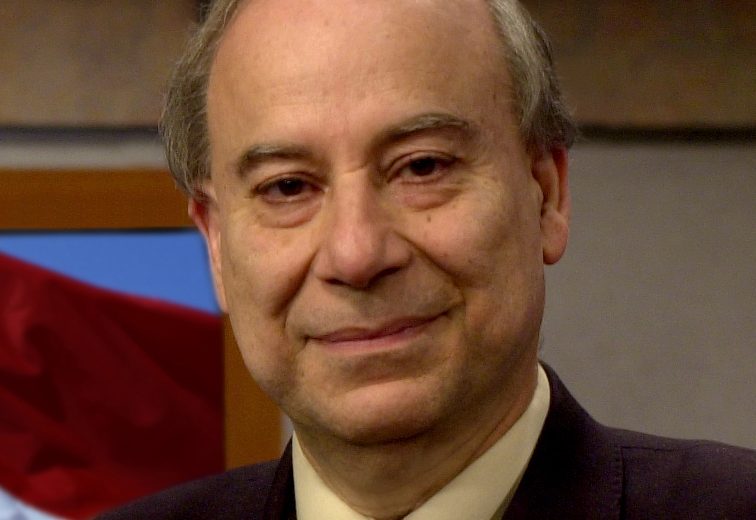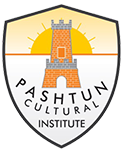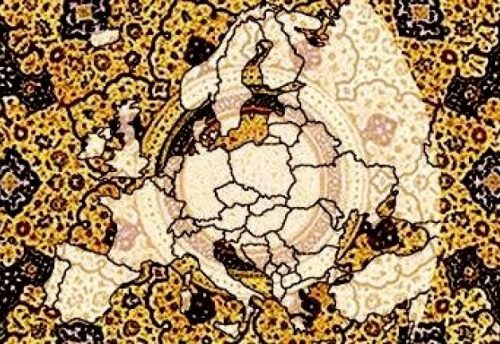
Islam’s contribution to Europe — III
There is another connection between Dante and Islam. Manuscripts of Brunetto Latini’s book Li Livres dou Tresor (The Book of the Treasure), which equates treasure to knowledge, features depictions of Aristotle as an Arab, such was the identification of Aristotle with Islam in Christian Europe at the time. Aristotle appears ‘complete with turban, seated upon a mosque floor, reading from a text in Arabic, and teaching it to his students.’ Brunetto’s popular work, the first encyclopaedia in a vernacular European language, ‘transmitted the Islamic literary model of teacher and student’ to Christian Europe. It ‘was to be in turn Dante’s model, with Virgil as fatherly schoolmaster and Dante as schoolboy.’
Leonardo Da Vinci
There is evidence that Leonardo Da Vinci, one of the greatest geniuses in world history, was also influenced by Islamic culture. This could have been owing to his own background, as scholars have increasingly argued that Da Vinci’s mother was a baptized slave from Muslim lands, of whom there was a sizable population in Florence at the time. In his extensive studies of the human body Da Vinci used nomenclature that was ‘for the most part Arabic in origin,’ and he engaged with the theories of Islamic scholars like Avicenna. Da Vinci also interestingly wrote his Italian right to left in the Arabic fashion.
Drafts of letters in Da Vinci’s notebooks are addressed ‘To the Devatdar of Syria,’ a senior Mamluk official, whom Da Vinci referred to as ‘lieutenant of the sacred Sultan of Babylon,’ which scholars have interpreted as meaning Egypt. Da Vinci notes that he is carrying out ‘with due love and care the task for which you sent me,’ which scholars have argued indicates that he was working on projects for the Mamluk sultan. In a first-person account, Da Vinci reports that what appears to be a comet is actually sunlight being reflected a peak in the Taurus Mountains in Armenia, and he discusses visiting a city that the Da Vinci scholar Jean Paul Richter notes was ‘probably somewhere in Kurdistan.’ In another passage, Da Vinci gives an account of a devastating earthquake in the Taurus Mountains, which, he notes, ‘the new prophet’ had ‘foretold.’ Da Vinci is referring to the Prophet of Islam, and the reference is to Surah 99 of the Quran.
In 1503 Da Vinci wrote to the Ottoman sultan Bayezid II, sending him designs for ‘a windmill,’ ‘a ship’s pump,’ and a 1,200-foot bridge across the Golden Horn in Istanbul, which would have been the longest in the world. The sultan decided that the bridge, like many Da Vinci designs, would be impossible to construct and turned to Michelangelo to propose his own plan, as depicted in the Hollywood film The Agony and the Ecstasy (1965).
In Da Vinci’s exquisite ceiling frescoes in the Sala delle Asse, ‘room of wooden boards,’ within the Castello Sforzesco in Milan, we find ‘‘knots’ and crosses and stars with eight points, of Islamic derivation.’ Da Vinci’s knot, an ‘arabesque’ design that represented infinity and unity, was particularly important to the artist. It was the emblem for Da Vinci’s ‘Academy,’ which he recorded in his notebooks, and it is found in many of his works, including the Mona Lisa (1503-06), in which the design can be seen on the subject’s clothes. Da Vinci’s knot set off a craze in Europe, and it soon appeared in clothing, ceramics, book bindings, embroidery, textiles, pottery, fabrics, and works of art, for example in Albrecht Dürer’s six works based on Da Vinci’s knot.
In Europe the arabesque interlaced pattern would come to be ‘completely integrated’ with Greco-Roman classical Renaissance forms and constitute an important component of Renaissance art and style. Arabesque and the philosophical concepts behind it, particularly infinity and unity, were subsequently adopted in fields such as literature (for example, Karl Wilhelm Friedrich Schlegel’s Lucinde, 1799; Nikolai Gogol’s Arabesques, 1835; and Søren Kierkegaard’s Either/Or, 1843) and music (for example, Robert Schumann’s Arabeske in C, 1839; and Claude Debussy’s Deux Arabesques, 1888-91).
Albrecht Dürer, Copernicus, and European Astronomy
Albrecht Dürer, one of Germany’s greatest artists, acknowledged the Islamic contribution to European science and astronomy in his ‘The Northern Celestial Hemisphere (1515), which, along with ‘The Southern Celestial Hemisphere, is possibly the first map of the heavens to appear in print. In each of the four corners of the map, Dürer drew portraits of the four greatest astronomers who had shaped human understanding of the stars. One of them is the tenth-century astronomer Abd al-Rahman al-Sufi, whom Dürer identifies by his Latin name, Azophi Arabus, the Arabic al-Sufi. Al-Sufi was the author of The Book of Fixed Stars, which had a profound impact in Europe and in which the Andromeda galaxy, the one closest to the Milky Way, is identified for the first time. The Book of Fixed Stars was so influential it ‘is the source of many of the modern names of stars coming from Latin translations of the Arabic names given by Al-Sufi.’ Indeed, ‘the great majority of modern star names in the European languages are corrupt forms of the Arabic names.’
Other Muslim astronomers making a profound impact on Europe included the Arab al-Battani, known as Albategnius, who lived in the ninth and tenth centuries and was cited by some of the most illustrious European astronomers, including Nicolaus Copernicus, Galileo Galilei, Tycho Brahe, and Johannes Kepler. The astronomical breakthroughs of Brahe and Kepler were made possible by Brahe’s observatories, which ‘were equipped with instruments of a kind pioneered by the observatory of Samarkand and its successor at Istanbul,’ as well as the famous Maragha observatory in Persia, which lent its name to a movement in astronomy. Indeed, ‘it can be said without exaggeration that the observatory as a scientific institution owes its birth to Islamic civilisation.’
Many scholars have argued that Copernicus’s work in particular was deeply indebted to Islamic scholarship, especially the thirteenth-century scholars Nasir al-Din al-Tusi of Persia, the director of the Maragha observatory, and Mu’ayyad al-Din al-Urdi of Syria, both of whose thinking is ‘organically embedded within (Copernican) astronomy, so much so that it would be inconceivable to extract them and still leave the mathematical edifice of Copernican astronomy intact.’ Copernicus ‘has even been called the last and greatest member of the Maragha School.’ It has been further argued that Copernicus was influenced by the fourteenth-century Arab astronomer Ibn al-Shatir, the religious timekeeper and chief muezzin of the Umayyad Mosque in Damascus, whose models ‘have a ‘helio-centric bias’ that made them particularly suitable as a basis for the helio-centric and ‘quasi-homocentric’ models found in the Commentariolus,’ an early version of Copernicus’s seminal work published in 1543, De revolutionibus orbium coelestium (On the revolutions of the heavenly spheres).
The writer is an author, poet, filmmaker, playwright, and is the Ibn Khaldun Chair of Islamic Studies, American University in Washington, DC. He formerly served as the Pakistani High Commissioner to the UK and Ireland. He tweets @AskAkbar
Published in Daily Times, March 17th 2018.




Leave a Reply